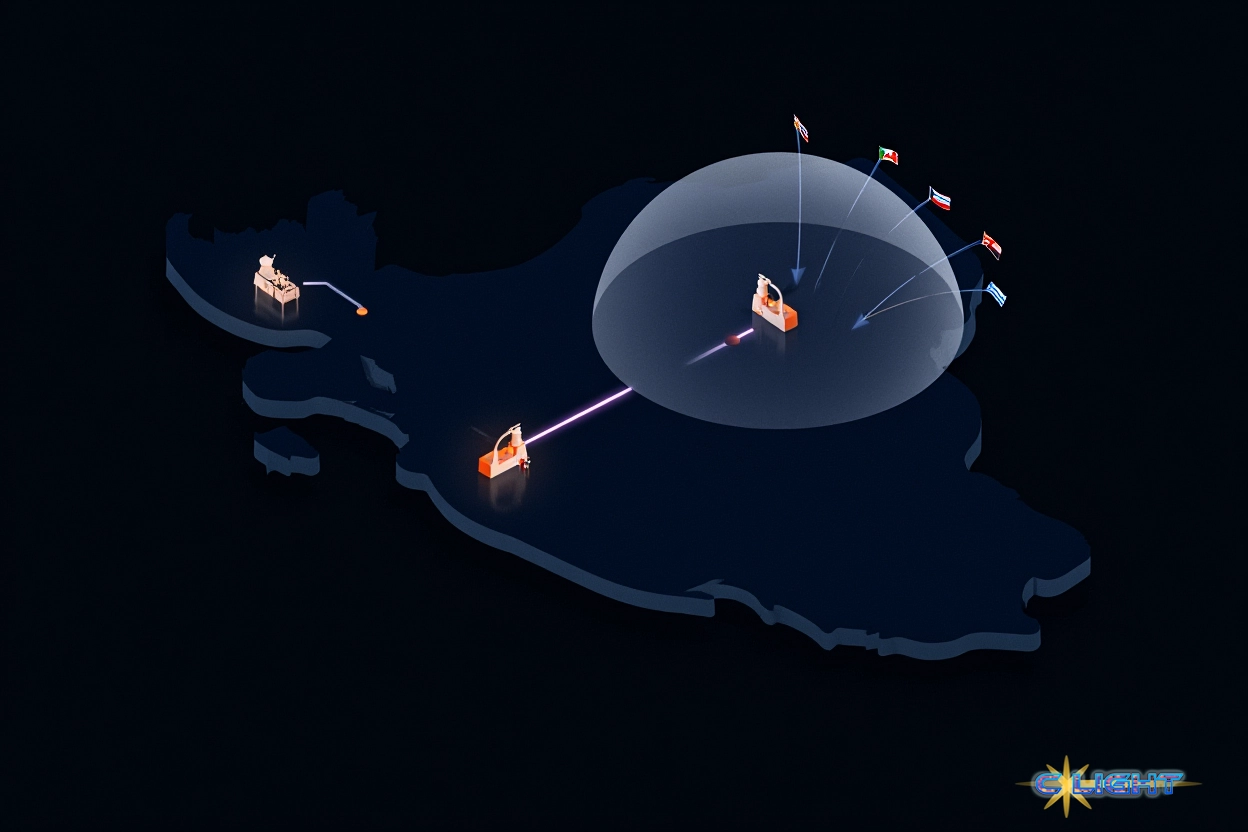In the high-stakes world of nuclear geopolitics, global attention is understandably focused on the most famous and dangerous materials: uranium and plutonium. We track their enrichment levels, monitor their storage sites, and debate their proliferation. But sometimes, the keys to a nation’s nuclear ambitions can be found not in the high-profile elements but in the obscure corners of the periodic table, in seemingly mundane industrial minerals with secret, high-stakes applications.
One such material is antimony.
To most of the world, antimony is a humble, silvery-white metalloid. It is a workhorse of industry, used primarily as a very effective flame retardant in plastics and textiles. It is a key ingredient in creating alloys for the lead-acid batteries that start our cars and for the solder that holds our electronics together. It is, by all appearances, a mineral of ordinary purpose.
But in the clandestine world of nuclear weapons development, it holds a secret. A specific chemical compound, antimony trifluoride, can serve as a powerful chemical “key” in the critical first stage of the nuclear fuel cycle: conversion.
Before uranium can be enriched in the spinning centrifuges that are the hallmark of a modern nuclear program, the solid uranium ore concentrate, known as “yellowcake,” must be turned into a gas. That gas, uranium hexafluoride (UF6), is the lifeblood of any enrichment effort. Antimony trifluoride is one of the chemical agents that can be used to efficiently and effectively make that crucial conversion happen, turning a solid uranium powder into the gas needed to feed the centrifuges.
This chemical footnote has immense geopolitical significance, particularly when it comes to Iran. The global market for antimony is highly concentrated; China, Russia, and Tajikistan dominate production, making the supply chain a point of strategic vulnerability for any nation that needs it. A large purchase of antimony trifluoride on the open market by a country like Iran would set off immediate red flags for intelligence agencies, signaling a potential move to ramp up uranium conversion.

But Iran has a crucial home-field advantage. Geological surveys confirm that the nation possesses significant domestic reserves of antimony, particularly in its Sistan and Baluchestan provinces. This gives Tehran an indigenous capability that is strategically vital. By mining their own antimony, they can create the chemical compounds they need without relying on a volatile global market and, most importantly, without tipping their hand. It makes a key part of their nuclear supply chain less visible and far less vulnerable to sanctions or interdiction.
While other, more common industrial methods for uranium conversion exist—most notably using highly dangerous and corrosive fluorine gas—the decision to develop a process using antimony is a logical one for a nation seeking self-sufficiency. If you have the raw material buried in your own mountains, it makes strategic sense to build your factory around the tools you already own, rather than trying to acquire them under the watchful eyes of the world.
The international effort to monitor and prevent nuclear proliferation is an incredibly complex puzzle. Antimony serves as a perfect example of how seemingly minor industrial minerals and alternative chemical pathways can provide a determined nation with a hidden advantage. To truly understand a country’s nuclear ambitions, one must look beyond the gleaming reactors and the high-tech centrifuges, and into the quiet, dusty mines where the journey to enrichment really begins.
Discover more from Clight Morning Analysis
Subscribe to get the latest posts sent to your email.










